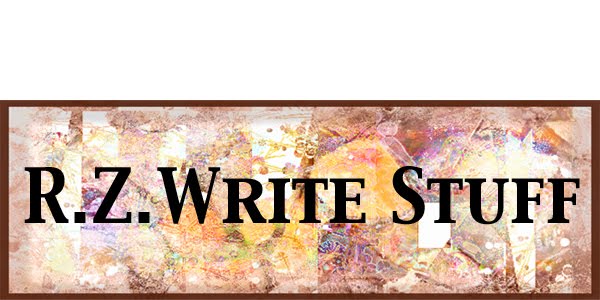
Introduction: For the next few weeks I plan to discuss approaches to writing, generally about Poetry, although many of the writing principles may translate to prose as well. I will use some of my own writing to illustrate a point, but I will also use others’ poems when I find them, crediting them, of course. An uncredited poem or image will be my own.
Short Poems Are Better.
My first poem entry on this blog is too long for most readers. It was always a problem when I wrote for a news paper, and it is still true with my creative writing. I want to give more information than is necessary. In my opinion, poetry is usually better when kept short..
The challenge for me is to find a way to shorten it. I encourage suggestions from others.
One way to handle a poem that is too long is to break it into shorter poems, each complete on their own. Call these a suite of poems under one title.
Think of the passage of time in the poem. Try to focus upon on one small soundbite of time, not an epic. The expression of that moment, and of its realization, first for you, or for the character in your poem, and then for the reader is the challenge.
Noontime Interlude
I don’t remember their names,
those big draft horses waiting
during one of their trips home and
standing by the pump house
patiently, still wearing their collars,
hames, and harnesses as they drank
from the tank. Behind the fence,
their large frames withdrew to
the shade, often resting one foot
at a time on the edge of a shoe,
tranquill in their tedium.
What is
indelibly etched in my mind is the
smell of the clear air, the peaceful
almost-silence just before a breeze
exceeded the resistance of rust,
causing the windmill to start up;
exacting the shriek of metal on metal,
lacking any subtlety, as the blades
gathered speed and faded to a
transluscent gray, against blue sky,
as if protesting indentured labor,
while the horses ignored the noise.
I don’t remember their names,
those big draft horses waiting
during one of their trips home and
standing by the pump house
patiently, still wearing their collars,
hames, and harnesses as they drank
from the tank. Behind the fence,
their large frames withdrew to
the shade, often resting one foot
at a time on the edge of a shoe,
tranquill in their tedium.
What is
indelibly etched in my mind is the
smell of the clear air, the peaceful
almost-silence just before a breeze
exceeded the resistance of rust,
causing the windmill to start up;
exacting the shriek of metal on metal,
lacking any subtlety, as the blades
gathered speed and faded to a
transluscent gray, against blue sky,
as if protesting indentured labor,
while the horses ignored the noise.
Writing Exercise: One good way to begin a poem is to write out the idea in prose. This becomes the framework for the poem. Next, remove all extra words from this structure so it conveys the basic idea.
Read it aloud. Break it up into lines that sound natural.
From there, these building block words are supplemented or replaced with ones that offer more intuitive understanding. Write until you feel it is finished. Additional methods toward completing the poems will come later in this series.
Writing Exercises A-1
"Draft Horses," image and writing are the Copyright of Ruth Zachary.


No comments:
Post a Comment